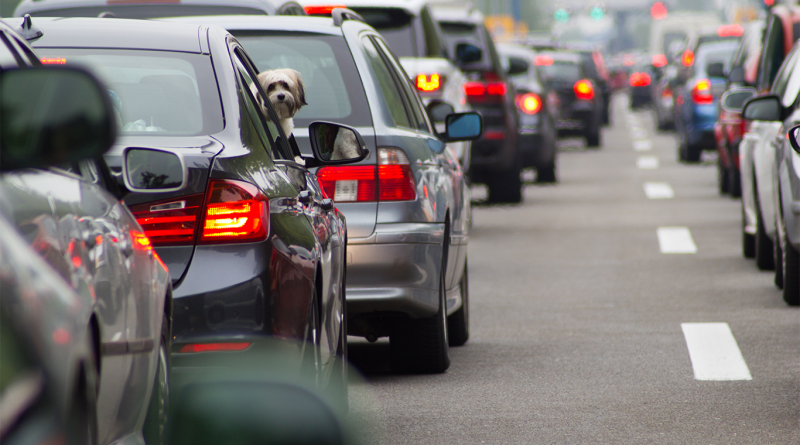Traffic is Getting Worse — and SUVs are Part of the Problem
Subscribe to our free newsletter to keep up-to-date with the latest transportation and logistics news.
Across the United States, streets are swelling not from new lanes or infrastructure upgrades, but from the very vehicles driving on them. As consumer demand for SUVs shows no sign of slowing, automakers have responded with larger, heavier models that now dominate dealership lots and urban intersections alike.
Yet this size surge carries a cost that isn’t measured in gas mileage or sticker price, but in daily gridlock, slower commutes, and mounting infrastructure pressure. While urban planners scramble to redesign outdated city layouts, SUVs have quietly outgrown the roads they were once meant to share. Unlike emissions or fuel economy, the impact of vehicle bulk on traffic flow remains an underdiscussed but deeply consequential side effect of modern car culture.
How SUVs outgrew American streets
In the early 1990s, an average SUV stood around 66 inches tall and roughly 70 inches wide. Today, many popular models like the Chevrolet Suburban or Ford Expedition push heights of 76 inches and widths exceeding 80 inches, even before mirrors are factored in. These increases, though incremental year to year, have compounded over decades and fundamentally reshaped the footprint of American traffic.
Automakers are responding to consumer preferences for elevated driving positions, perceived safety, and cargo space. But the consequence is clear: cities designed around narrower sedans now host fleets of vehicles whose size is pushing spatial limits.
Wider vehicles force more cautious lane discipline, especially on narrower two-lane streets. Taller hoods reduce visibility, while increased weight impacts braking and acceleration. Together, these characteristics introduce friction into a traffic system built for smaller, more agile machines.
Parking infrastructure is under pressure, too. A standard city parking space is about 8.5 feet wide, barely accommodating many modern SUVs. This leads to inefficient parking patterns, door dings, and, increasingly, vehicles encroaching onto sidewalks or bike lanes.
Why traffic flow suffers when vehicles get heavier
Weight does not just affect fuel economy. It alters the physics of traffic. Heavier vehicles take longer to accelerate from stops, require more distance to brake, and have a lower rate of maneuverability in tight conditions. Multiply that by thousands of similar vehicles in urban corridors, and the cumulative drag on traffic flow becomes substantial.
At the core of traffic efficiency is lane throughput, the number of vehicles that can pass a given point in a given time. According to the Texas A&M Transportation Institute, when heavier vehicles dominate the road, throughput during peak hours can fall by up to 8 percent.
Urban infrastructure was never built for this bulk
Most US cities were not designed for modern SUVs. Much of the nation’s road infrastructure was developed in the postwar era, tailored for compact sedans rather than vehicles that now weigh more than 6,000 pounds and stretch over 17 feet in length.
Narrow lanes, aging bridges, and outdated parking systems are under pressure. Roads deteriorate faster under heavier loads, increasing maintenance costs and shortening life spans. Civil engineering studies show that pavement degradation accelerates disproportionately with vehicle weight.
Parking structures are feeling the strain as well. Many older garages were engineered for lighter vehicles. Now, they must accommodate heavier SUVs and electric models with dense battery packs.
Some urban planners are responding. San Francisco is piloting weight-based congestion charges. Paris has introduced higher parking fees for heavier vehicles. In New York, new building codes require developers to strengthen parking areas in anticipation of larger fleets.
Automakers continue to market oversized vehicles aggressively. Urban planners are calling for broader reforms. Proposals include setting maximum vehicle dimensions, incorporating pedestrian safety into crash tests, and redesigning city infrastructure to improve visibility. But these reforms face political resistance and long implementation timelines. The SUV may have redefined the American driving experience, but on crowded urban roads, its dominance is proving unsustainable.
Sources:
